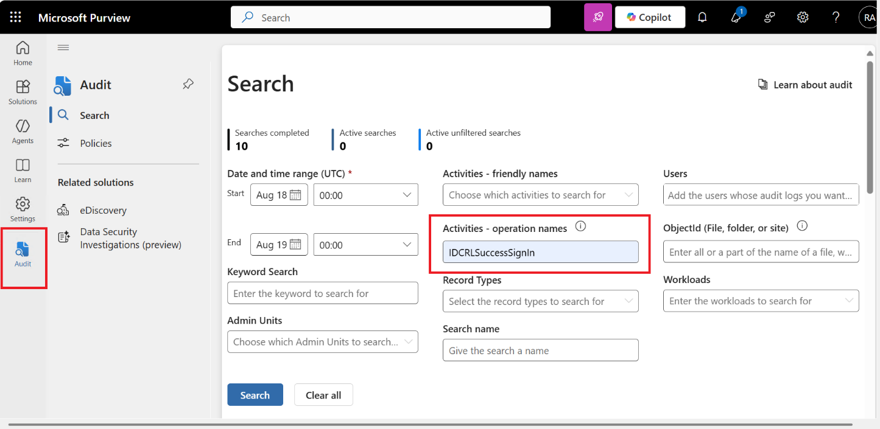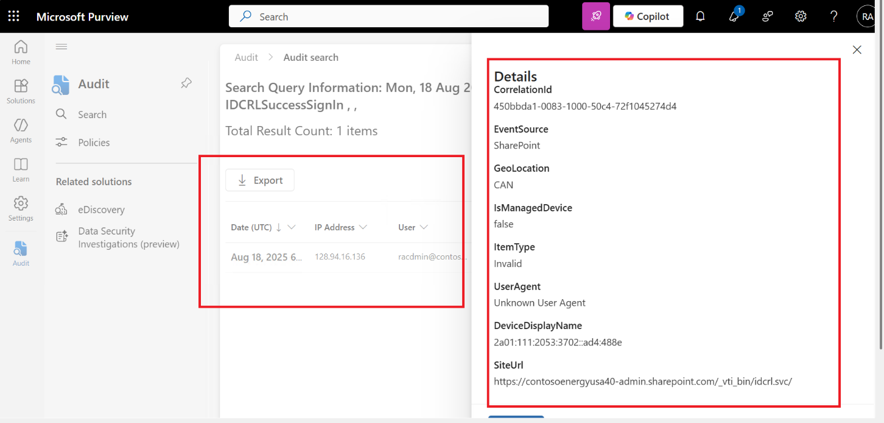In the next few months, Microsoft will be removing the legacy authentication protocol known as IDCRL (Identity Client Run Time Library) in SharePoint and force calls to rely on OpenID connect and OAuth Protocols. Since 2018, regular sign-in for services such as OneDrive and SharePoint has always relied on the more secure OpenID Connect and OAuth protocols; going forward we will enforce this for all authentical calls.
Starting January 31st, 2026, legacy client authentication will be blocked by default for SharePoint Online and OneDrive for Business. Organizations can temporarily use PowerShell to unblock legacy client authentication, by setting both AllowLegacyAuthProtocolsEnabledSetting and LegacyAuthProtocolsEnabled to TRUE. This can be done any time before 30th January and will allow legacy calls to continue till 30th April 2026.
Starting May 1st, 2026, legacy client authentication will be blocked for SharePoint Online and OneDrive for Business, and cannot be re-enabled. Organizations should necessarily move to modern auth (using steps mentioned below) by 30th April.
How to access telemetry to check whether your organization has made any IDCRL Calls
To access telemetry please log into the Microsoft Purview portal. Typically, users with following roles/permissions are allowed access to this portal.
- Global Administrator
- Compliance Administrator
- Purview Compliance Administrator
- Role Management Role (to manage role groups)
- Collection Admin, Data Curator, or Data Reader for governance tasks.
Go to https://compliance.microsoft.com or https://purview.microsoft.com depending on your organization’s configuration. Use your organizational account (not a personal Microsoft account).
Once logged in, please navigate to “Audit” on the left hand side panel. Then under “Activities – operations name” please select “IDCRLSuccessSignIn” as shown in screenshot 1. Select other filters as required and click on Search.
You will get telemetry output similar to screenshot 2 and 3 depending upon the information available.
How to mitigate IDCRL calls and move to modern Authentication
Definition of IDCRL Calls: There are 2 categories of calls referred to as IDCRL calls
- Category 1: Any use of the SharePointOnlineCredentials library within your codebase is an indication of IDCRL calls as
- This library leverages the IDCRL protocol under the hood for authentication with SharePoint Online. If your application or script is calling SharePointOnlineCredentials, it is using IDCRL authentication.
- Category 2: All calls to the following endpoints are using IDCRL protocol:
https://login.microsoftonline.com/rst2.srf (used to obtain the SAML BinarySecurityToken) https://TENANT.sharepoint.com/_vti_bin/idcrl.svc (used to exchange the BinarySecurityToken for the SPOIDCRL cookie)
Users should consider moving to modern auth protocols by using Microsoft Authentication Library (MSAL) for OAuth as this will ensure safe and secure continuity for both Category 1 and Category 2 calls mentioned above. MSAL provides methods to acquire security tokens that can be used to authenticate apps and scripts.
For comprehensive technical guidance on migrating to modern authentication, please consult this resource: Using modern authentication with CSOM for .NET Standard.
Additionally, your application must be registered in Microsoft Entra to acquire access tokens. For detailed steps on app registration, see: Configuring an application in Azure AD.
For more details and context on MSAL and OAuth, please visit the following links:
- What Is OAuth? | Microsoft Security
- Microsoft identity platform and OAuth 2.0 authorization code flow – Microsoft identity platform | Microsoft Learn.
- Overview of the Microsoft Authentication Library (MSAL) – Microsoft identity platform | Microsoft Learn
Alternative fix for category 1 calls (mentioned above): If your application or script leverages the “SharePointOnlineCredentials” library (from the Microsoft.SharePointOnline.CSOM NuGet package), we have released a NuGet package which will give the option of transitioning from IDCRL to Modern Authentication protocol. The upgraded nuget package is available from NuGet Gallery | Microsoft.SharePointOnline.CSOM.
In some rare cases, calls are directly being made to GetAuthenticationCookie method to acquire cookies; This method is getting deprecated in the newer version of the NuGet package and would be replaced by AcquireTokenAsync method which will acquire OAuth token.
Additionally, if you have enabled Multi Factor Authentication in your tenant, then you need to pass a fourth parameter with SharePointOnlineCredentials constructor i.e (username, password, useModernAuth:true, interactiveAuth:true). The fourth parameter i.e “true” will allow for user intervention and enable interactive auth for the tenant.
In case admins don’t want user intervention then they can use App Only Authentication while registering their app on Entra as mentioned above.




0 comments
Be the first to start the discussion.